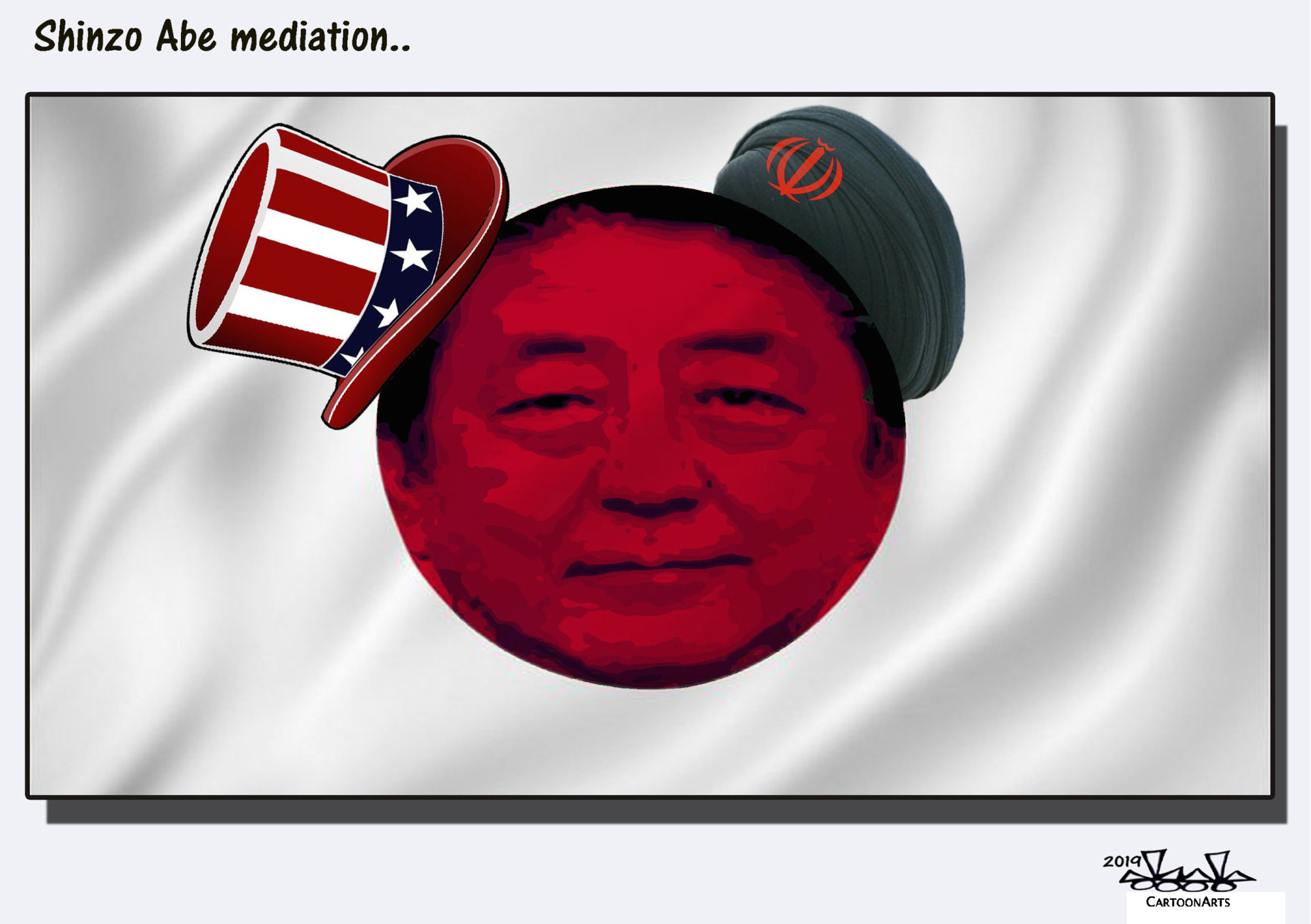How did Prime Minister Shinzo Abe's first foray as a conflict mediator go when he traveled to Tehran last week? In a joint news conference with Abe, Iranian President Hassan Rouhani explicitly blamed tensions on the United States' economic war against Iran. Supreme leader Ayatollah Ali Khamenei expressed that Iran will never negotiate with the U.S. Two tankers — one operated by a Japanese company — were attacked just beyond the Strait of Hormuz in the Gulf of Oman while Abe was still in the country. Within 24 hours, the U.S. attributed the attacks to Iran, drawing immediate rebuke from Iranian officials who argue the U.S. is running an "Iranophobic campaign."
So does this means Abe's endeavor to mediate tensions was a failure? Not necessarily.
Those arguing that Abe failed in Iran misunderstand what mediation is. First and foremost, it is not a one-off consultation. When two parties are in a seemingly deadlocked state of reciprocal escalation as the U.S. and Iran are, mediation must happen in phases. In this early phase, Abe's goal is simply to facilitate communication; in other words, to create a channel for negotiation that neither side is willing or able to create on its own. With his trip to Iran, Abe successfully initiated his shuttle diplomacy.



